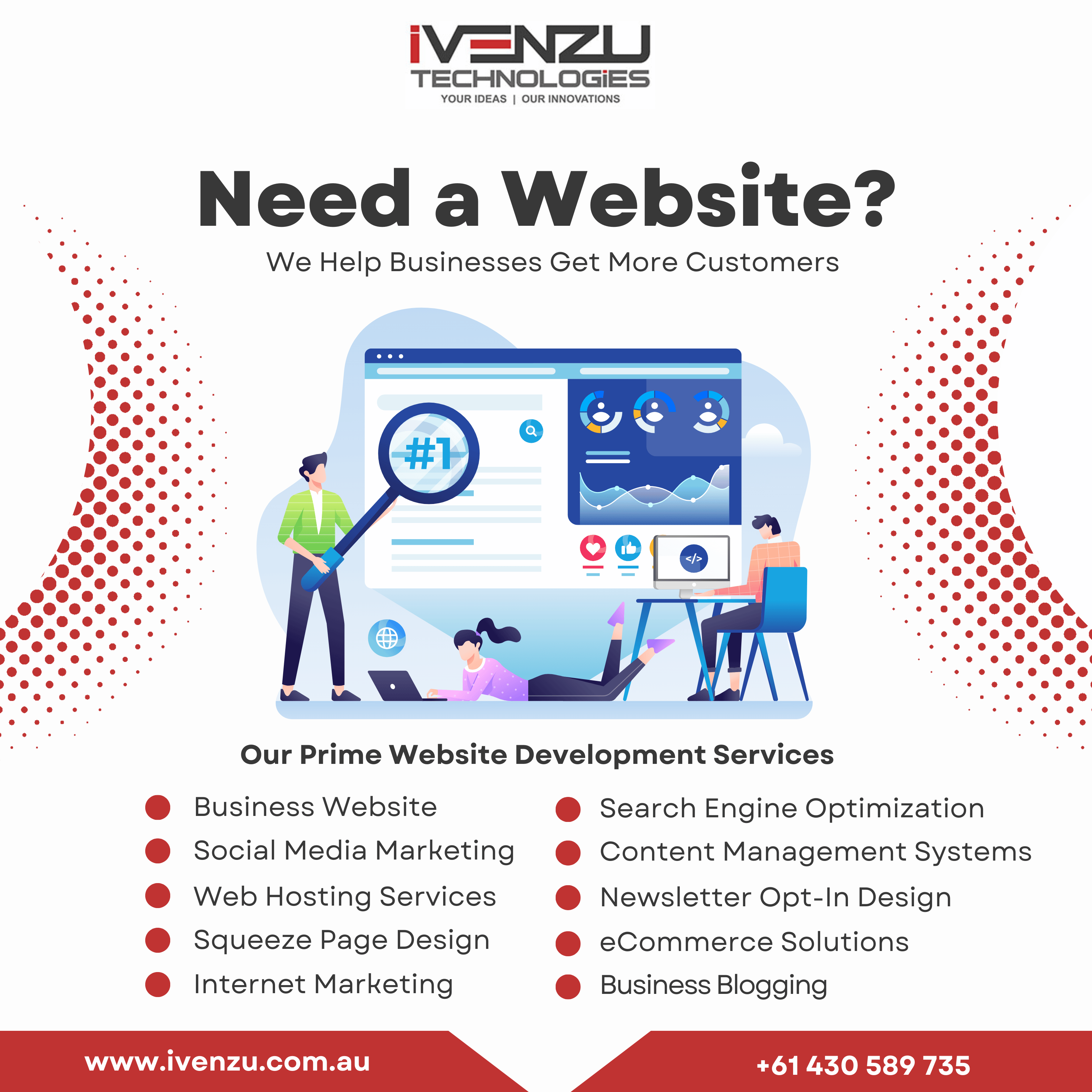As More Tech Start—Ups Stay Private, So Does the Money Reading Answer
IELTS Academic Reading Passage
Not long ago, if you were a young, brash technologist with a world-conquering start-up idea, there was a good chance you spent much of your waking life working toward a single business milestone: taking your company public. Though luminaries of the tech industry have always expressed skepticism and even hostility toward the finance industry, tech’s dirty secret was that it looked to Wall Street and the ritual of a public offering for affirmation — not to mention wealth.
But something strange has happened in the last couple of years: The initial public offering of stock has become déclassé. For start-up entrepreneurs and their employees across Silicon Valley, an initial public offering is no longer a main goal. Instead, many founders talk about going public as a necessary evil to be postponed as long as possible because it comes with more problems than benefits. “If you can get $200 million from private sources, then yeah, I don’t want my company under the scrutiny of the unwashed masses who don’t understand my business,” said Danielle Morrill, the chief executive of Matter mark, a start-up that organizes and sells information about the start-up market. “That’s actually terrifying to me.
Silicon Valley’s sudden distaste for the I.P.O. — rooted in part in Wall Street’s skepticism of new tech stocks — may be the single most important psychological shift underlying the current tech boom. Staying private affords start-up executives the luxury of not worrying what outsiders think and helps them avoid the quarterly earnings treadmill. It also means Wall Street is doing what it failed to do in the last tech boom: using traditional metrics like growth and profitability to price companies. Investors have been tough on Twitter, for example, because its user growth has slowed. They have been touch on BO the cloud-stora company that went ublic last year because it remains unprofitable. And the e—commerce company Zulily, Which went public last year, was likewise punished when it cut its guidance for future sales.
Scott Kupor, the managing partner at the venture capital firm Andreessen Horowitz, and his colleagues said in a recent report that despite all the attention start-ups have received in recent years, tech stocks are not seeing unusually high valuations. In fact, their share of the overall market has remained stable for 14 years, and far off the peak of the late 1990s. That unwillingness to cut much slack to young tech companies limits risk for regular investors, if the bubble pops, the unwashed masses, if that’s what we are, aren’t as likely to get washed out
Private investors, on the other hand, are making big bets on so-called unicorns — the Silicon Valley jargon for start-up companies valued at more than a billion dollars. If many of those unicorns flop, most Americans will escape unharmed, because losses will be confined to venture capitalists and hedge funds that have begun to buy into tech start—ups, as well as tech founders and their employees. The reluctance — and sometimes inability — to go public is spurring the unicorns. By relying on private investors for a longer period of time, start—ups get more runway to figure out sustainable business models. TO delay their entrance into the public markets, firms like Airbnb, Dropbox, Palantir, Pinterest, Uber and several other large start-ups are raising hundreds of millions, and in some cases billions, that they would otherwise have gained through an initial public offering.
“These companies are going public, just in the private market,” Dan Levitan, the managing partner of the venture capital firm Maveron, told me recently. He means that in many cases, hedge funds and other global investors that would have bought shares in these firms after an I.P.O. are deciding to go into late-stage private rounds. There is even an oxymoronic term for the act of obtaining private money in place Of a public offering: It’s called a “private I.P.O.” The delay in I-P.O.s has altered how some venture capital firms do business. Rather than waiting for an initial offering, Maveron, for instance, says it now sells its stake in a start-up to other, larger private investors once it has made about 100 times its initial investment. It is the sort of return that once was only possible after an I.P.O.
But there is also a downside to the new aversion to initial offerings. When the unicorns do eventually go public and begin to soar — or whatever it is that fantastical horned beasts tend to do when they’re healthy — the biggest winners will be the private investors that are now bearing most Of the risk. It used to be that public investors who got in on the ground floor of an initial offering could earn historic gains. If you invested $1,000 in Amazon at its I.P.O. in 1997, you would now have nearly $250,000. If you had invested $1,000 in Microsoft in 1986, you would have close to half a million. Public investors today are unlikely to get anywhere near such gains from tech l.P.O.s. By the time tech companies come to the market, the biggest gains have already been extracted by private backers.
Just 53 technology companies went public in 2014, which is around the median since 1980, but far fewer than during the boom of the late 1990s and 2000, when hundreds of tech companies went public annually, according to statistics maintained by Jay Ritter, a professor of finance at the University of Florida. Today’s companies are also waiting longer. In 2014, the typical tech company hitting the markets was 11 years Old, compared with a median age Of seven years for tech I-P.O.s since 1980. Over the last few weeks, I’ve asked several founders and investors why they’re waiting; few were willing to speak on the record about their own companies, but their answers all amounted to “What’s the point?”
Initial public offerings were also ways to compensate employees and founders who owned lots of stock, but there are now novel mechanisms — such as selling shares on a secondary market — for insiders to cash in on some of their shares in private companies. Still, some observers cautioned that the new trend may be a bad deal for employees who aren’t given much information about the company’s performance. “One thing employees may be confused about is when companies tell them, ‘We’re basically doing a private I.P.O.,’ it might make them feel like there’s less risk than there really is,” said Ms. Morrill of Mattermark. But she said it was hard to persuade people that their paper gains may never materialize. “The Kool-Aid is really strong,” she said.
If the delay in l.P.O.s becomes a normal condition for Silicon Valley, some observers say tech companies may need to consider new forms of compensation for workers. “We probably need to fundamentally rethink how private companies compensate employees, because that’s going to be an issue,” said Mr. Kupor, Of Andreessen Horowitz.
During a recent presentation for Andreessen Horowitz’s limited partners — the institutions that give money to the venture firm — Marc Andreessen, the firm’s co-founder, told the journalist Dan Primack that he had never seen a sharper divergence in how investors treat public- and private-company chief executives. “They tell the public C.E.O., ‘Give us the money back this quarter,’ and they tell the private C.E.O., ‘No problem, go for 10 years,’ ” Mr. Andreessen said.
At some point this tension will be resolved. “Private valuations will not forever be higher than public valuations,” said Mr. Levitan, Of Maveron. “So the question is, Will private markets capitulate and go down or will public markets go up?” If the private investors are wrong, employees, founders and a lot of hedge funds could be in for a reckoning. But if they’re right, it will be you and me wearing the frown — the public investors who missed out on the next big thing.
Questions 15-18
Choose the correct letter, A, B, C or D.
- HOW much funds would you gain by now, if you had invested 1000$ in the Amazon in 1997?
A $250,000
B close to $500,000
C it is not stated in the text
D no funds
- Nowadays founders talk about going public as a:
A necessity
B benefit
C possibility
D profit
- In which time period was the biggest number of companies going public?
A early 1990s
B late 1900s and 2000s
c 1980s
D late 1990s
- According to the text, which Of the following is true?
A Private valuations may be forever higher than public ones.
B Public valuations eventually will become even less valuable.
C The main question is whether the public market increase or the private market decrease.
D The pressure might last for a long time.
Questions 19-23
Complete the sentences below. Write ONLY ONE WORD from the passage for each answer.
- Skepticism was always expected by the …………………… Of tech industry.
- The new aversion to initial offerings has its ……………………………………..
- Selling shares on a secondary market is considered a…………………………….. Mechanism.
- Workers’ compensation might be an ……………………………..
- The public investors who failed to participate in the next big thing might be the ones wearing the ……………………………..
Questions 24-27
DO the following statements agree with the information in the IELTS reading text?
TRUE if the statement agrees with the information
FALSE if the statement contradicts the information
NOT GIVEN if there is no information on this
- Private investors are bearing most of the risk.
- Not many investors were willing to speak on the record.
- The typical tech company hitting the markets in 1990s was 5 years old,
- Marc Andreessen, the firm’s co-founder, expressed amazement with divergence in how investors treat public.

Solution For:As More Tech Start—Ups Stay Private, So Does the Money
Reading Answer
| 15. A | 22. issue |
| 16. A | 23. frown |
| 17. B | 24. True |
| 18. C | 25. True |
| 19. luminaries | 26. Not Given |
| 20. downside | 27. False |
| 21. novel |
Review and Practice
- Regularly practice with IELTS reading samples and time yourself to get used to the pressure of the exam.
- Review your mistakes to understand where you went wrong and how to avoid similar errors in the future.
Our Books
Master IELTS Speaking Part 1
IELTS Writing Task 1 Book
IELTS Writing Task 2 Book
The Life And Work Of Marie Curie Reading Answer Explanation
Comin Soon
Practice IELTS Other Modules
IELTS Listening
The IELTS Listening test assesses how well you can understand spoken English in various contexts. It lasts about 30 minutes and is divided into four sections with a total of 40 questions. The listening tasks become increasingly difficult as the test progresses.
IELTS Academic Reading
The IELTS Academic Reading section assesses your ability to understand and interpret a variety of texts in academic settings. It is designed to evaluate a range of reading skills, including skimming for gist, reading for main ideas, reading for detail, understanding inferences, and recognizing a writer's opinions and arguments.
IELTS Speaking
The IELTS Speaking test assesses your ability to communicate in English on everyday topics. It lasts 11-14 minutes and consists of three parts: introduction, cue card, and a discussion based on the cue card topic.
IELTS General Reading
IELTS General Reading tests your ability to understand and interpret various types of texts. Here are some key areas and types of content you can expect to encounter in the reading section, along with tips for effective preparation.
IELTS Academic Writing Task 1
In IELTS Academic Writing Task 1, you are presented with a visual representation of information, such as graphs, charts, tables, or diagrams, and you are required to summarize, compare, or explain the data in your own words.
IELTS General Writing Task 1
In IELTS General Writing Task 1, you are required to write a letter based on a given situation. The letter can be formal, semi-formal, or informal, depending on the prompt. Here’s a breakdown of the key components to include in your letter
IELTS Academic Writing Task 2
In IELTS Academic Writing Task 2, you are required to write an essay in response to a question or topic. Here’s a guide to help you understand the essential elements of this task
IELTS Exam Tips
To succeed in the IELTS exam, practice regularly, familiarize yourself with the test format, improve your vocabulary, develop time management skills, and take mock tests to build confidence.
Grammer for IELTS
Grammar is the foundation of effective communication in English. Understanding tense usage, subject-verb agreement, and sentence structure enhances clarity and coherence in writing and speaking.
Vocabulary for IELTS
Vocabulary plays a crucial role in the IELTS (International English Language Testing System) exam, especially in the Speaking and Writing sections. Here’s an overview of why vocabulary is important and how it impacts your performance
RECENT IELTS SAMPLES QUESTIONS AND ANSWERS
As More Tech Start—Ups Stay Private, So Does the Money
Paragraph 1: The joke comes over the headphones: ' Which side of a dog has the most hair? The...
Half of Human Cultures Don’t Practice Romantic Lip on Lip Kissing Reading Answers
When you think about it, kissing is strange and a bit icky. You share saliva with someone,...
The sacred Pipe
The sacred pipe was one of the most important artifacts of the indigenous people of North...
Irish Potato Famine
A In the ten years following the Irish potato famine of 1845, over 750,000 Irish people died,...
Allergy Testing
Allergic reactions are triggered by the contact, inhalation, or ingestion of a number of...
Micro Enterprise Credit for Street Youth
'l am from a large, poor family and for many years we have done without breakfast Ever since I...








